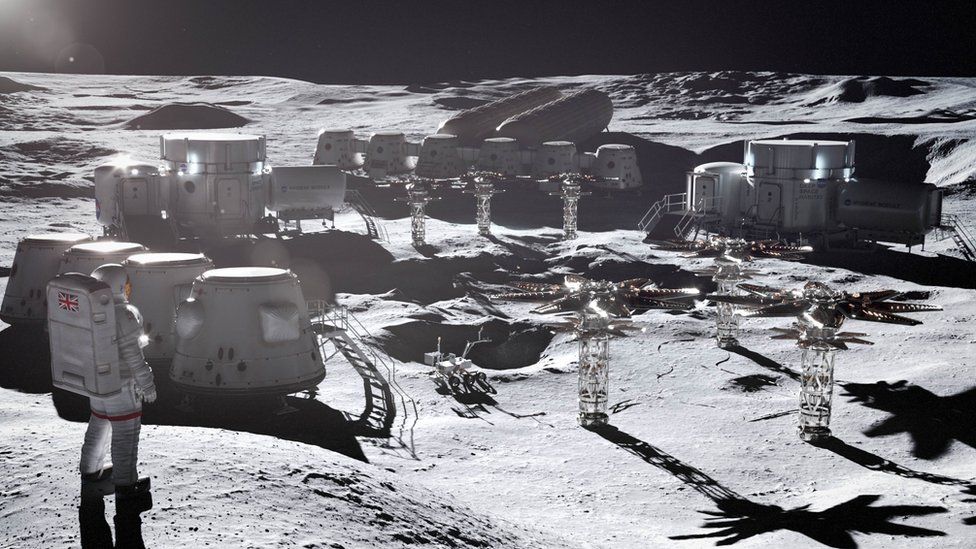Moon base: Bangor scientists design fuel to live in space
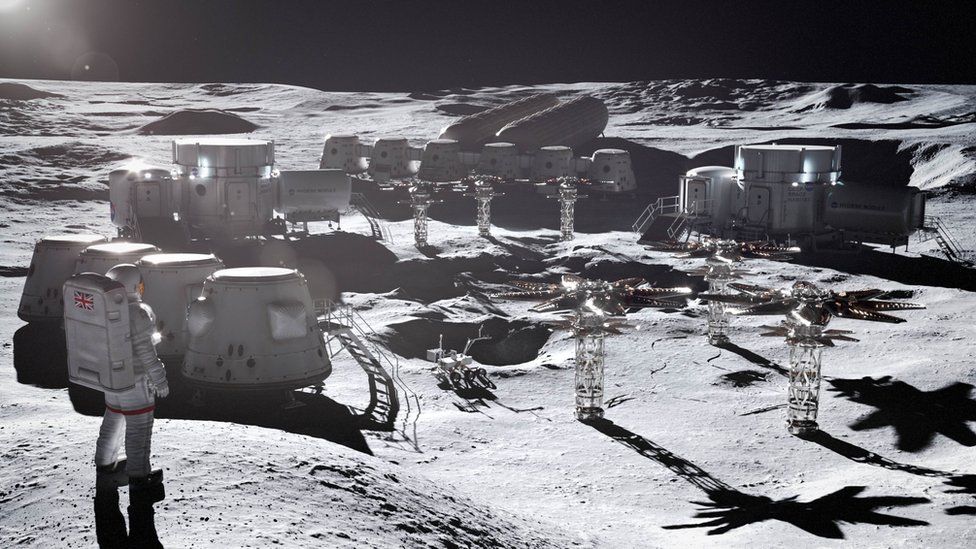
Scientists have developed an energy source which could allow astronauts to live on the Moon for long periods of time.
The Nasa-led Artemis Program hopes for an outpost on the Moon by around 2030.
Bangor University has designed nuclear fuel cells, the size of poppy seeds, to produce the energy needed to sustain life there.
Prof Simon Middleburgh from the university said the work was a challenge – “but it was a fun one”.
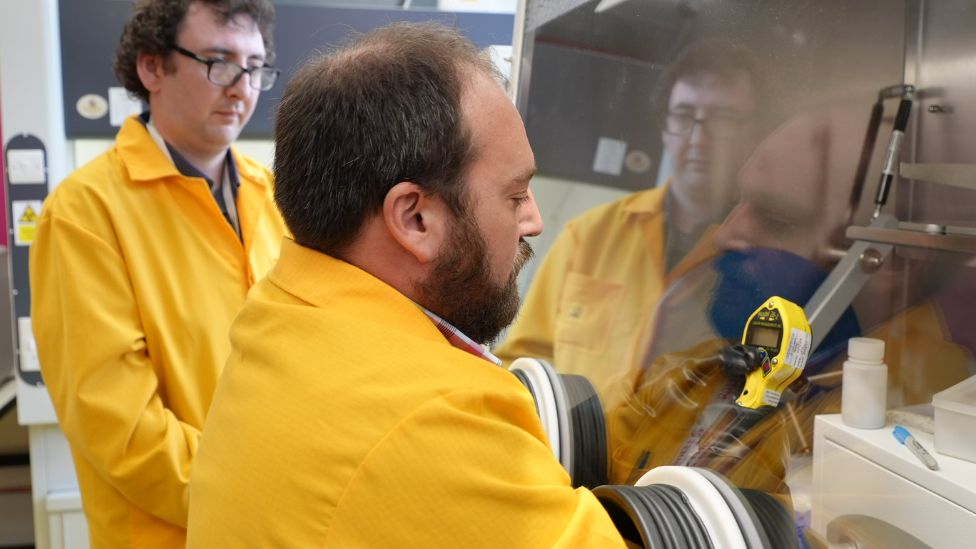
The Moon, which is seen by some to be the gateway to Mars, contains a lot of valuable resources needed for modern technology.
The hope is that it could be used as a springboard to reach the planets beyond.
As space technology advances at a rapid pace, the BBC was given exclusive access to the Bangor University Nuclear Futures Institute’s laboratory.
The Bangor team, which is a world leader on fuels, works with partners such as Rolls Royce, the UK Space Agency, Nasa and the Los Alamos National Laboratory in the US.
Prof Middleburgh from the Nuclear Futures Institute said the team hoped to fully test the nuclear fuel “over the next few months”.
On parts of the Moon, temperatures plummet to astonishing lows of -414F (-248C) because it has no atmosphere to warm up the surface.
Bangor University is a major player in the quest to generate another way of producing energy and heat to sustain life on the planet.
The researchers have just sent the tiny nuclear fuel cell, known as a Trisofuel, to their partners for testing.
This Trisofuel cell could be used to power a micro nuclear generator, created by Rolls Royce.
The generator is a portable device, the size of a small car and “something you can stick on a rocket,” Prof Middleburgh said.
That will now be fully tested and put through forces similar to being blasted up into space, ready for a Moon base in 2030.
He added: “You can launch them into space, with all the forces… and they’ll still function quite safely when they’re put onto the Moon.”

Earlier this month, India made a historic landing near the Moon’s south pole with its robotic probe Chandrayaan-3.
One of the mission’s major goals is to hunt for water-based ice which, scientists say, could support human habitation on the Moon in future.
Prof Middleburgh said Bangor University’s work was putting Wales on the map.
“I would say that we’re really pushing things [globally],” he said.
The university hopes the micro generators could also be used here on Earth, such as in disaster zones when electricity has been cut off.
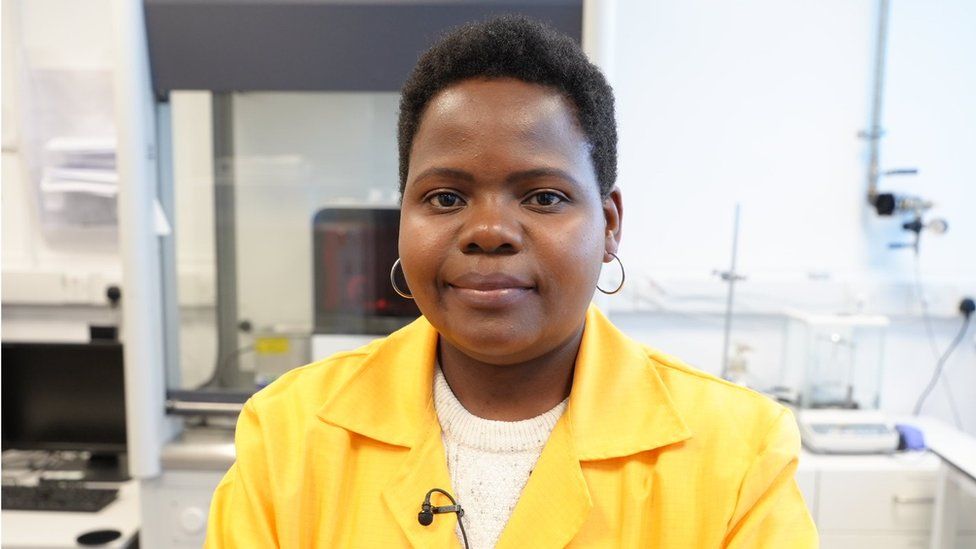
The team at Bangor is also working on a nuclear system to power rockets, led by Dr Phylis Makurunje.
She said: “It is very powerful – it gives very high thrust, the push it gives to the rocket.
“This is very important because it enables rockets to reach the farthest planets.”
Dr Makurunje said the new technology could almost halve the time it takes to get to Mars.
“With nuclear thermal propulsion – you’re looking at about four to six months getting to Mars. The current duration is nine months plus,” she said.
Moon bases in the 2030s
The geopolitical author and journalist, Tim Marshall, said the breakthrough over fuel was a step towards a global race to the lunar south pole.
He said: “I’m confident there will be moon bases in the 2030s. Probably a Chinese one; probably an American-led one.
“I’m confident because I don’t think that major powers can afford not to be there just in case this is, what is likely to be, a massive breakthrough.
“So the Chinese are talking about 2028, putting the first brick down, probably symbolically to say they were the first one. But by the early 2030s, both will have a base.
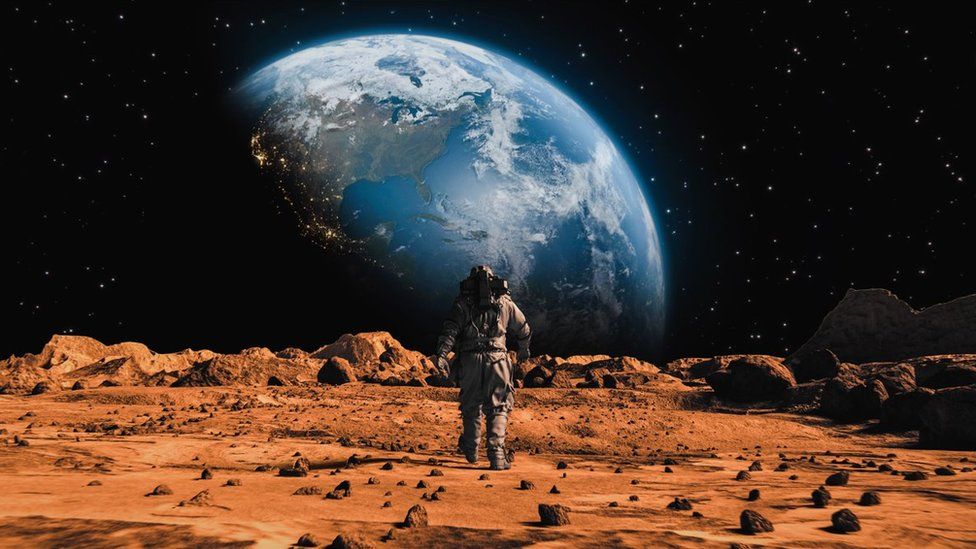
“It’s thought there is titanium, lithium, silicon, iron, and many other minerals which are used for all sorts of 21st Century technologies.
“The actual amount is unknown… but most companies are confident that it’s enough to make it economically viable.”
He warned things could become complicated as space is commercialised, citing outdated space laws.
“The rules of the road, such as they are, were written in 1967 – the Outer Space Treaty.
“It’s still a template but it’s 50 years out of date because it didn’t know about modern technology, the competition that’s out there and the commercial aspects – because then it was very much state-led.
“So without updated laws, agreed by the United Nations, it is a little bit of a free-for-all for everybody – and that brings dangers.
“Because if you haven’t got the guidelines within which to operate, then the clear competition that will happen is operating without a legal framework.”

- BINGE-WORTHY BOX SETS: Everyone is talking about these award-winning dramas…
- WYNNE’S WELSH 70S: Nostalgia and footage from Wynne Evans’ favourite decade



